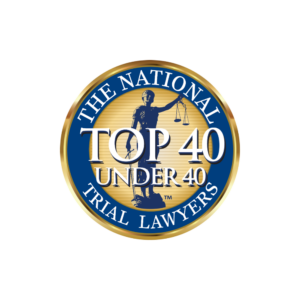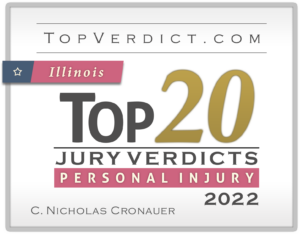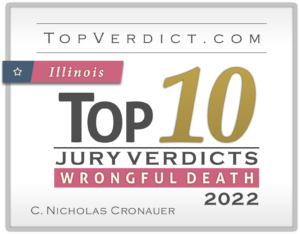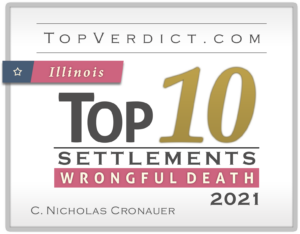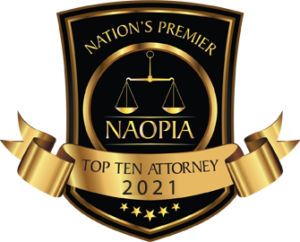T-bone accidents, also known as side-impact or broadside collisions, are particularly dangerous due to the limited protection offered by the sides of vehicles. The force of the impact in a T-bone accident can cause a variety of injuries, some of which can be severe or even life-threatening. Here are some of the most common injuries resulting from T-bone crashes:
- Head and Brain Injuries: The sudden impact of a T-bone crash can cause occupants to hit their heads on the side window, steering wheel, or other parts of the vehicle. This can result in traumatic brain injuries (TBIs), concussions, skull fractures, or other head injuries. Symptoms can range from mild (headaches, dizziness) to severe (loss of consciousness, memory loss, cognitive impairment).
- Neck and Spinal Cord Injuries: The force of a side-impact collision can cause whiplash, a condition where the neck is rapidly jerked back and forth. This can lead to neck pain, stiffness, and reduced range of motion. More severe spinal cord injuries can result in paralysis or other long-term disabilities.
- Chest Injuries: The side of a vehicle offers less protection than the front or rear, making chest injuries common in T-bone accidents. These can include broken ribs, lung injuries, or damage to the heart.
- Abdominal and Pelvic Injuries: The force of a T-bone crash can cause injuries to the abdominal and pelvic areas, including damage to internal organs such as the liver, spleen, or kidneys.
- Fractures: The impact of a T-bone collision can cause fractures in various parts of the body, including the arms, legs, collarbone, or hip.
- Soft Tissue Injuries: These are injuries to the muscles, ligaments, and tendons. They can occur anywhere in the body but are common in the neck and back in T-bone accidents.
- Cuts and Lacerations: Broken glass from windows or windshields can cause cuts and lacerations. These injuries can range from minor to severe, depending on the size and depth of the cut.
It’s important to note that symptoms of these injuries may not appear immediately after the accident. Therefore, it’s crucial to seek medical attention as soon as possible after a T-bone accident, even if you feel fine initially. Early detection and treatment can significantly improve the prognosis for many of these injuries.
